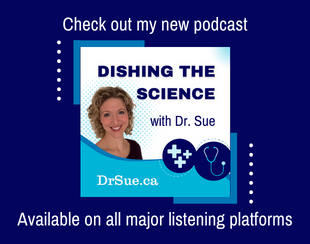Whether we gain, lose, or maintain weight depends on the balance between calories in, which is what we eat and drink, and calories out, which is the energy that we burn.
So, what exactly determines the calories out side of the equation?
Our daily calorie burn, also called energy expenditure, is divided into several components:
1. Resting Metabolic Rate (RMR)
The RMR is the energy that we use while at, well, rest! This includes the energy it takes to run our daily functions like breathing, heart pumping, and brain function, and all of the functions of maintenance and repair that go on inside all of our cells on a 24/7 basis. Believe it or not, this comprises 50-80% of our total daily calorie usage.
The RMR varies greatly from one person to the next, due to differences in lean body mass, age, gender, and genetics. The RMR is also determined by thyroid hormone levels and the baseline activity of each person’s sympathetic nervous system, which produces a baseline level of adrenaline and a tendency towards usage of body fat as an energy source (called lipid oxidation).
2. Spontaneous Activity
Spontaneous activity refers to everything that we do to move around in a day, from daily living activities to purposeful exercise. Although one might think this is the biggest part of our daily calorie usage, it accounts for only 10-25% of our total calorie burn in most people.
The calorie burn from spontaneous activity varies a lot from person to person, with the biggest variance between individuals actually being due to all of the spontaneous activity excluding purposeful exercise, hence the name non exercise activity thermogenesis or NEAT. NEAT includes everything from the calories burned during work activities, transport from place to place (eg walking vs driving), and even the amount we fidget! Interestingly, our tendency for fidgeting behaviors seems to be largely genetically determined. So, a person who is less inclined to be ‘fidgety’ will burn less calories in NEAT than a person who is more inclined to be fidgety. People who have a higher sympathetic nervous system drive tend to have higher NEAT as well.
The calorie burn from spontaneous activity also depends on body weight, as it requires more calories to carry a higher body weight through life’s daily activities.
3. Thermic Effect of Food
The thermic effect of food refers to the calories it requires to actually digest the food that we eat, and comprised about 10% of our daily calorie burn. This can vary somewhat, depending on the types of food eaten (protein requires more calories to digest than carbs or fat), and by sympathetic nervous system activity. However, the jury is still out as to whether differences in the thermic effect of food plays a role in obesity or not.
So, a few tips to take away in terms of weight management:
- With weight loss, the daily calorie burn in resting metabolism and spontaneous activity actually decreases, because there is less weight to maintain and carry around in a day. (Think of a 20 lb weight loss like taking off a 20lb backpack – less weight to carry around means lower calorie burn). Our metabolism actually slows when we lose weight as well, further decreasing the calories that we need to eat. So, the ‘calories in’ side of the equation needs to be scaled back as a person is losing weight, to stay in tune with the decreased calories burned with weight loss.
- Think about being NEAT! In other words, try to put more movement in your day. Rather than being still after dinner, go for a walk instead. Take the stairs instead of the elevator. Look for a further parking spot instead of a closer one.
- Use an exercise program to burn calories, but also to gain muscle mass (as a higher muscle mass increases your RMR).
Follow me on twitter! @drsuepedersen












